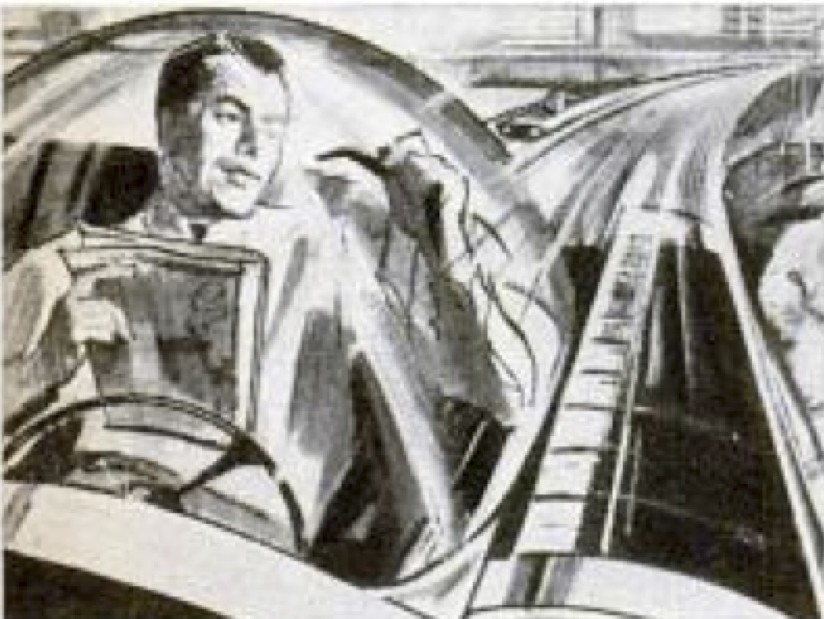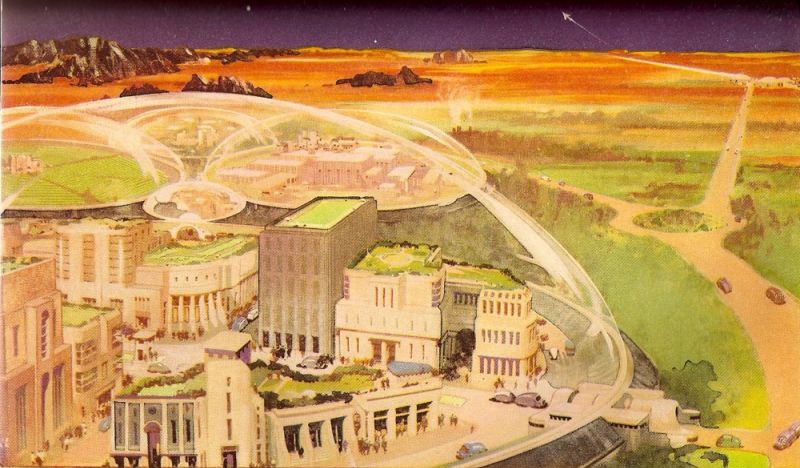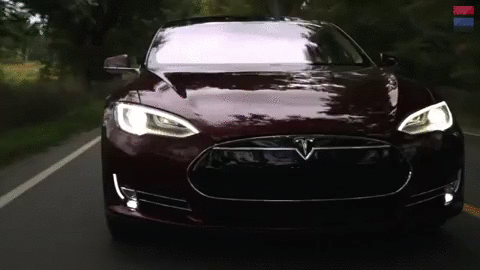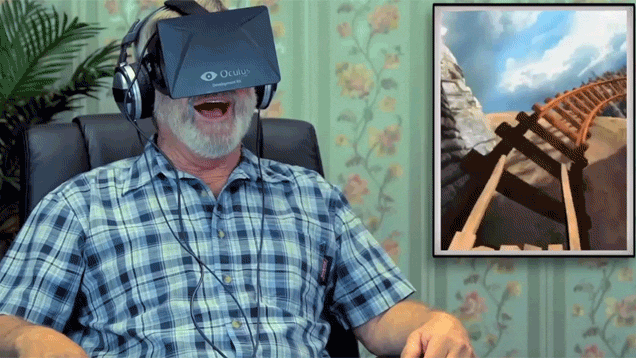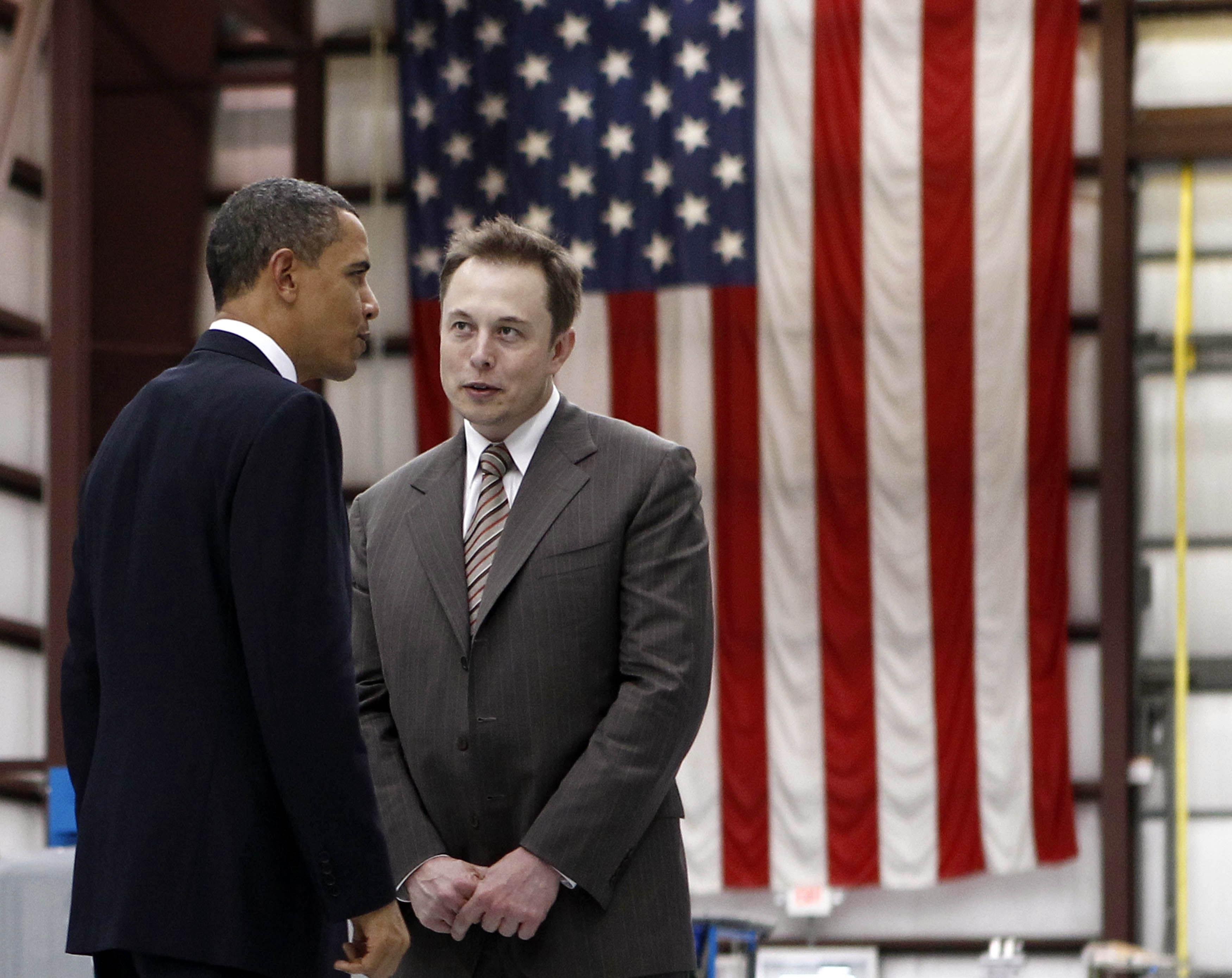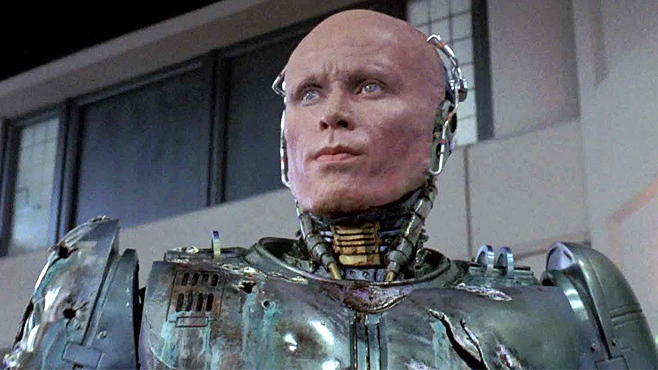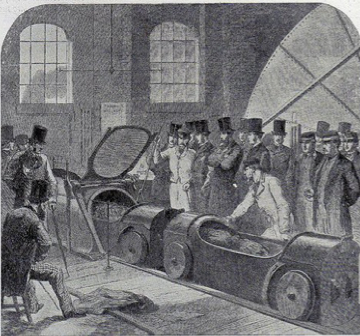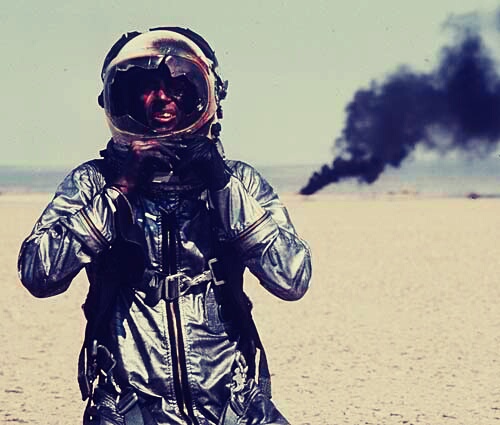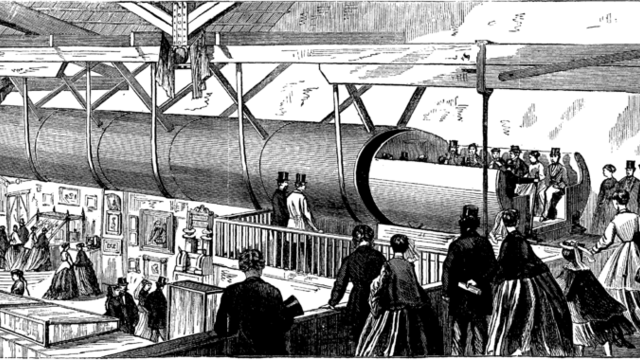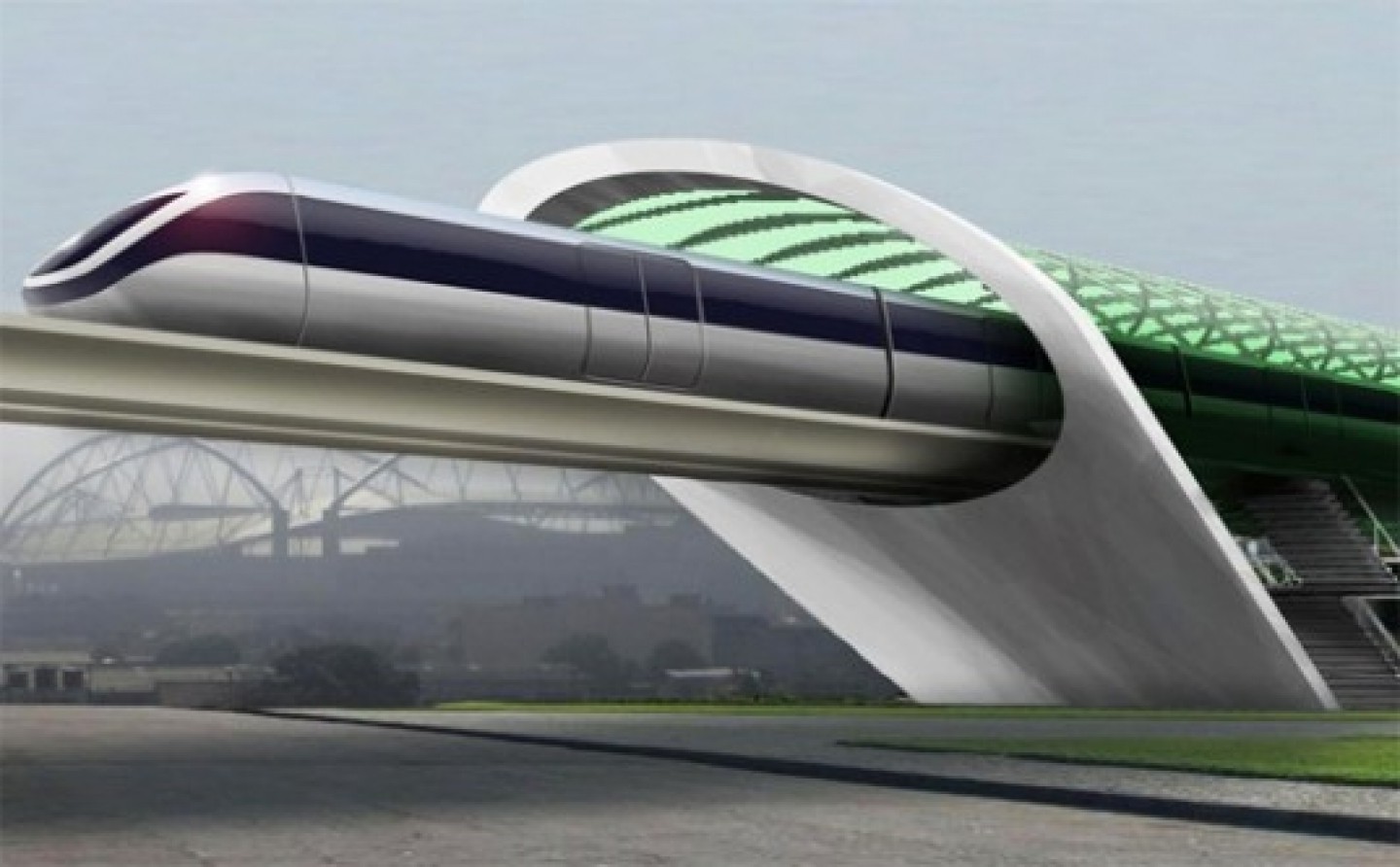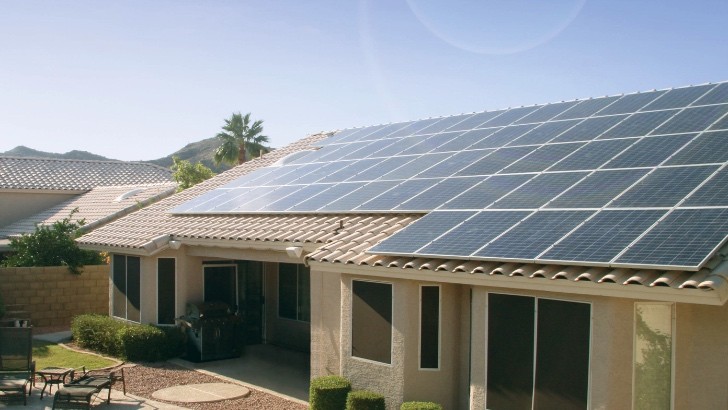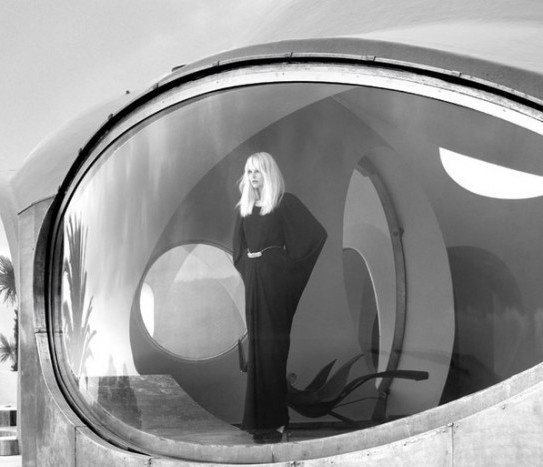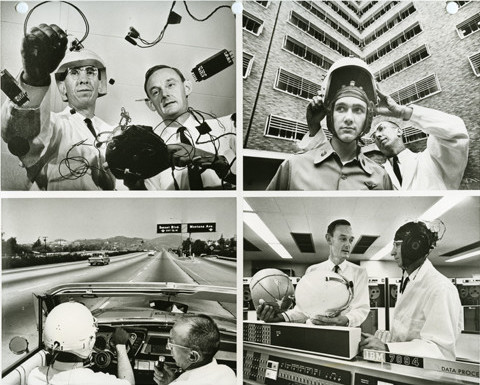
As a visionary business person, Elon Musk is complicated. He’s the Tesla EV car manufacturer who’s repeatedly over-promised on price and production. Of course, he’s also the aspiring spaceman who stuck the landing of a reusable rocket on the deck of a drone ship. So his bold proclamations in regards to the near-term delivery of the first fully autonomous car–he promises we’ll be able to summon our driverless Model 3 across the country by 2018–should make us wary–or not.
Most driverless systems use LIDAR, which has limitations in inclement conditions, so a true robocar won’t be a self-contained thing. It will need be informed not only by regularly updated mapping, which won’t be perfect and will constantly have its accuracy degraded, but will also need to be in communication with other automobiles and different smart gadgets. Google, with its gazillion Android devices fanned out across the country, would seem to have an advantage born of synergy, but Musk believes his AI is superior and far cheaper. I seriously doubt anyone will have such a fully-realized system ready for the market in 20 months, though further significant integration of driverless capabilities and Atlantic-to-Pacific demos wouldn’t shock me. Of course, if you had told me a couple of years ago that a reusable rocket would gently lower onto a drone ship in 2016, I would have bet the under on that one also.
Two excerpts follow, one from a New Yorker piece by Levi Tillemann and Colin McCormick, which explains how Tesla may have quietly developed a better strategy, and the other a segment of an Economist article which offers a crisp explanation of the significant hurdles that must be cleared for robocars, some of which would appear to apply even to Musk’s LIDAR-less plan.
From the New Yorker:
In October of 2014, Tesla began offering its Model S and X customers a “technology package,” which included this sensor array and cost about four thousand dollars. The equipment allowed the company to record drivers’ movements, unless they opted out of the tracking, and—most important—to start amassing an enormous trove of data. A year later, it remotely activated its “Autopilot” software on tens of thousands of these cars. Suddenly, drivers had the ability to engage some limited autonomous functions, including dynamic cruise control (pegging your car’s speed to the speed of the car in front of you), course alignment inside highway lanes, and on-command lane-changing. Some drivers were unnerved by the Autopilot functions, and cars occasionally swerved or drove off the road. But many of Tesla’s tech-tolerant early adopters relished the new features.
Autopilot also gave Tesla access to tens of thousands of “expert trainers,” as Musk called them. When these de-facto test drivers overrode the system, Tesla’s sensors and learning algorithms took special note. The company has used its growing data set to continually improve the autonomous-driving experience for Tesla’s entire fleet. By late 2015, Tesla was gathering about a million miles’ worth of driving data every day.
To understand how commanding a lead this gives the company in the race for real-world autonomous-driving data, consider the comparably small number of lidar-based autonomous vehicles—all of them test cars—that some of its competitors have on the road. California, where much of the research on self-driving cars is taking place, requires companies to register their autonomous vehicles, so we know that currently Nissan has just four such cars on the road in the state, while Mercedes has five. Google has almost eighty registered in the state (though not all of them are in service); it is also doing limited testing in Arizona, Texas, and Washington. Ford announced earlier this year that it was adding twenty new cars to its test fleet, giving it thirty vehicles on the road in Arizona, California, and Michigan, which it says is the largest fleet of any traditional automaker. By comparison, Tesla has sold roughly thirty-five thousand cars in the U.S. since October of 2014. The quality of the data that these vehicles are producing is unlikely to be as rich as the information the lidar cars are providing, but Tesla’s vastly superior fleet size means that its autonomous cars can rack up as much driving experience every day or two as Google’s cars have cumulatively.•
From the Economist:
Some car firms, including Nissan, Ford, Kia and Tesla, think self-driving technology will be ready by 2020. Volvo plans to offer fully autonomous cars to 100 drivers as early as next year. All this increases the pressure to map the world in high definition before cars begin to drive themselves out of showrooms. HERE has several hundred vehicles like George mapping millions of kilometres of roads annually in 32 countries. TomTom has 70 on motorways and major roads in Europe and North America. Zenrin, a Japanese mapping firm partly owned by Toyota, is particularly active in Asia.
Analysing and processing data from so many vehicles is one of the biggest challenges. HERE originally had people inspecting the raw LIDAR data and turning it into a digital model using editing software—rather like “Minecraft for maps”, says Mr Ristevski. But manually extracting the data was painfully slow, and the company has now developed machine-learning algorithms to find automatically such things as lane markings and the edges of pavements. HERE’s AI systems can identify road signs and traffic lights from George’s still photos. Humans then modify and tweak the results, and check for errors.
Yet George’s data begin to age as soon as they are collected. Subsequent construction, roadworks or altered speed limits could lead to a self-driving car working from a dangerously outdated map. Maps will never be completely up-to-date, admits Mr Ristevski. “Our goal will be to keep the map as fresh and accurate as possible but vehicle sensors must be robust enough to handle discrepancies.”
Mapping vehicles are sent back to big cities like San Francisco regularly, but the vast majority of the roads they capture might be revisited annually, at best. A partial solution is to use what Mr Ristevski euphemistically calls “probe data”: the digital traces of millions of people using smartphones and connected in-car systems for navigation. HERE receives around 2 billion individual pieces of such data daily, comprising a car’s location, speed and heading, some of it from Windows devices (a hangover from when HERE was owned by Nokia, now part of Microsoft).
These data are aggregated and anonymised to preserve privacy, and allow HERE quickly to detect major changes such as road closures. As cars become more sophisticated, these data should become richer. Ultimately, reckons Mr Ristevski, self-driving cars will help to maintain their own maps.•

